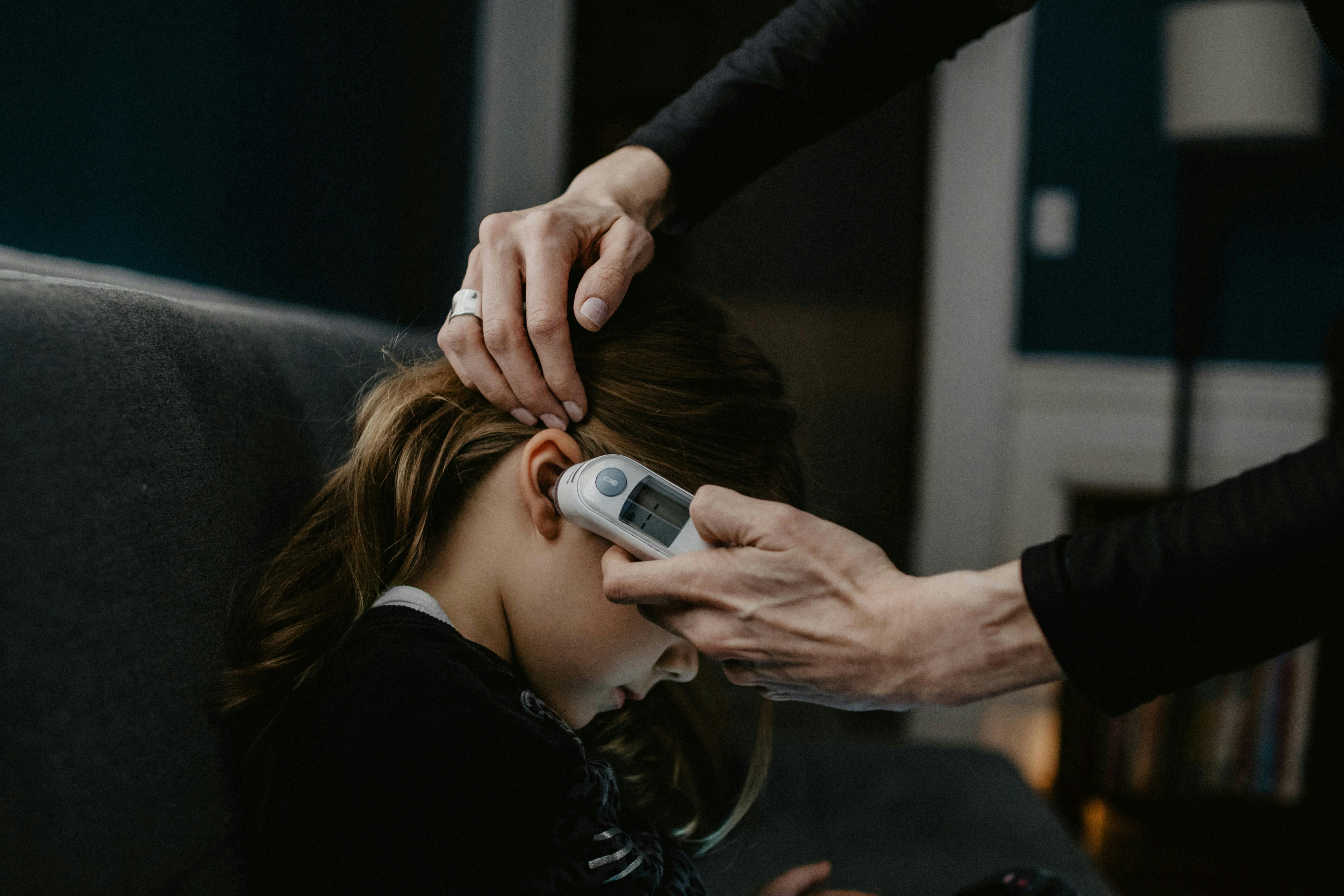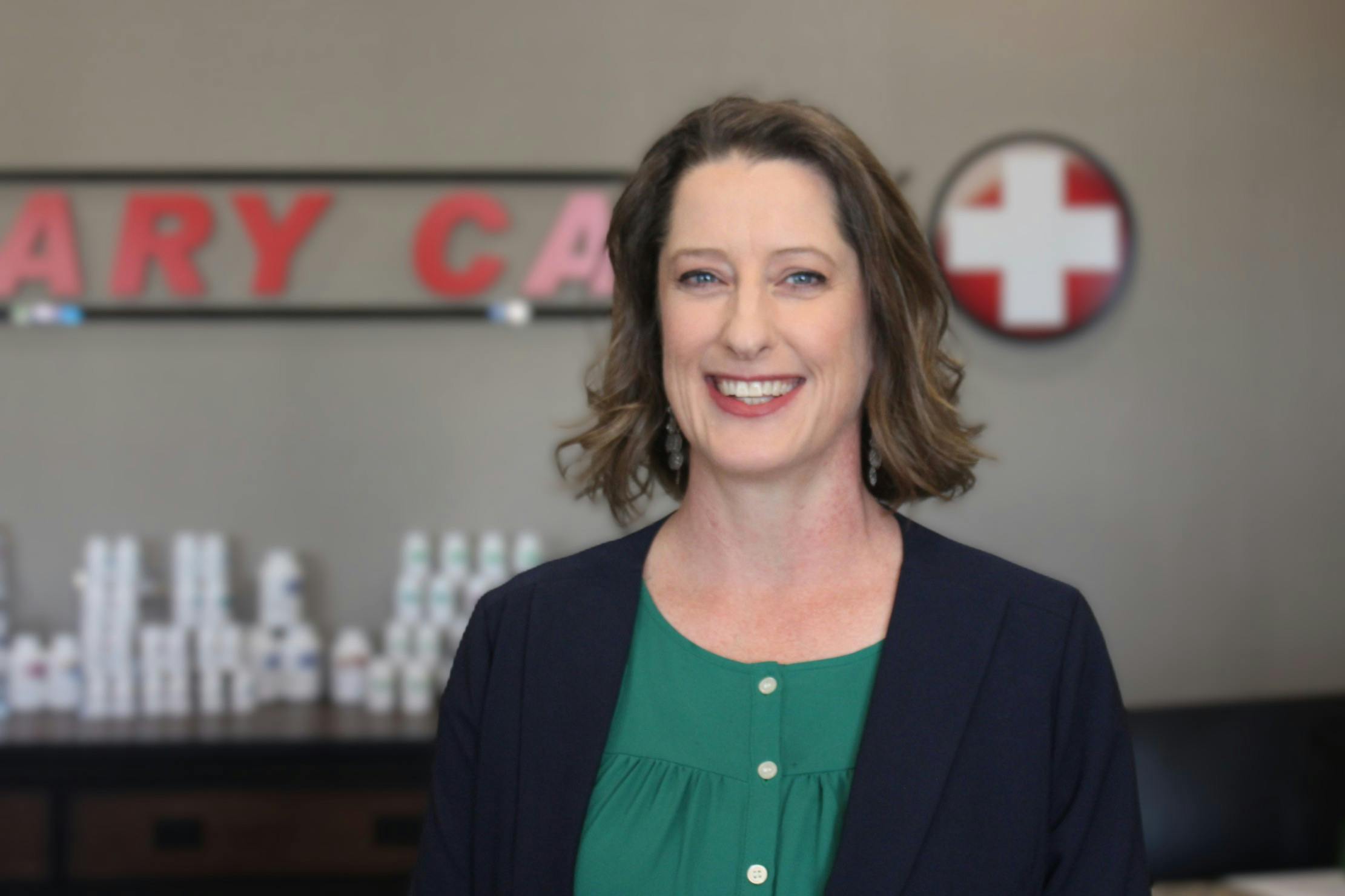Many breast cancer symptoms remain invisible and go unnoticed without a professional screening like a mammogram or ultrasound. Some symptoms can, however, be felt or observed when you're being proactive about your breast health. The 5-year relative survival rate is 99% when breast cancer is detected early and is in the localized stage (American Cancer Society). To detect breast cancer early, you need to know what to look for and what important information you should share with your healthcare provider during your breast health evaluation.
Breast Self-Awareness
Breast self-awareness helps you become more familiar with your normal -- how your breasts look and feel. With this in mind, you'll be able to identify any changes in your breast health that should be reported to your healthcare provider ASAP.
Changes to look for include:
- A lump or thickening in or near the breast or underarm area
- A change in the size or shape of the breast
- Dimpling or puckering in the skin of the breast
- A nipple turned inward toward the breast
- Discharge (fluid) from the nipple
- Scaly, red, or swollen skin on the breast, nipple, or areola
While these changes can be benign, if you spot anything unusual, contact your provider immediately. Getting a prompt diagnosis is the fastest path to peace of mind and effective treatment.
Well-Woman Exam
A well-woman exam with a family physician or gynecologist is recommended each year. During this visit, your provider will assess your overall reproductive and breast health to both prevent any illness or disease and/or catch them early, when they're easiest to treat. This visit is the perfect time to discuss any concerns you may have with your healthcare provider.
During your Well-Woman Exam, your provider may:
- Perform a clinical breast exam
- Perform a routine pelvic exam and pap smear
- Discuss your personal and family history of breast cancer
- Recommend a mammogram, if appropriate based on your age and risk factors
- Address menstrual, hormonal, or reproductive health concerns
- Offer guidance on self-breast exams
- Screen for other cancers, STIs, and chronic conditions
Mammogram
Since many women don't experience symptoms in the early stages of breast cancer, it's recommended that women aged 40 and older have a mammogram done each year. A mammogram is an x-ray of the breast and is the safest, most effective way to detect abnormal breast conditions and breast cancer in its early stages when treatment is usually the most successful. If you have a family history or genetic risk, your provider may recommend earlier or more frequent screenings.
How do I schedule my mammogram?
- See your PCP or gynecologist for your well-woman yearly exam
- They'll recommend when to start having mammograms done.
- You'll receive an order form for a mammogram from your provider with instructions on next steps.
Next Steps
Awareness and early detection are your best chances at finding breast cancer before it spreads. Here’s what you can do now:
- Perform a Self Breast Exam: Understand your normal and be vigilant in checking for changes and abnormalities.
- Schedule your Well-Woman Exam: Call your PCP or gynecologist to schedule your annual exam and stay on track yearly.
- Educate Others: Join the conversation about breast health and share this information with your loved ones.
- Find Resources: Find more information and reliable resources at https://www.nationalbreastcancer.org/.



